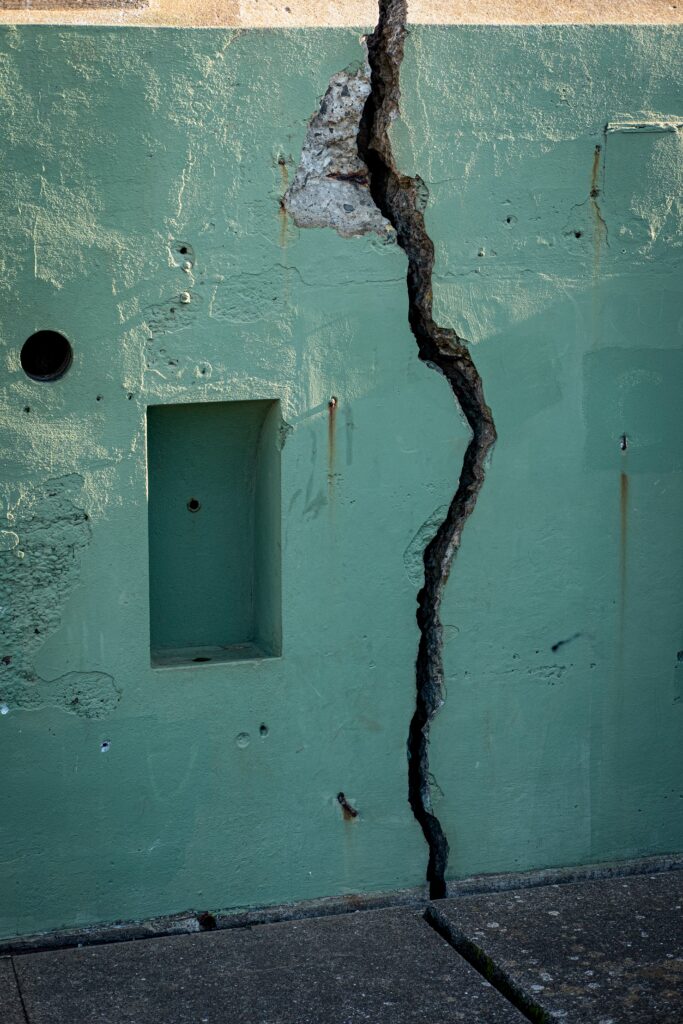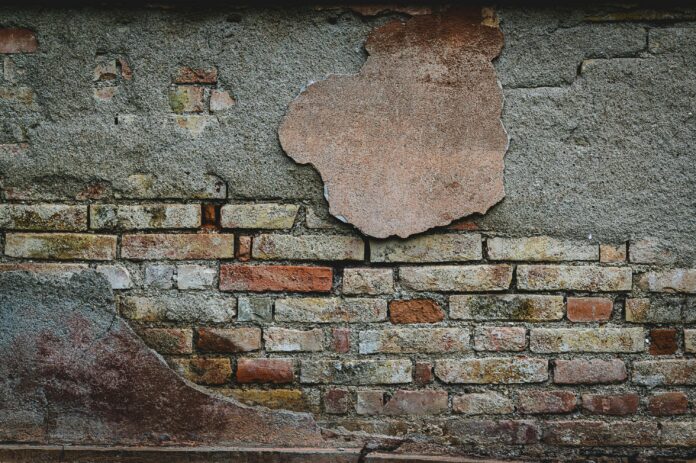Introduction
- What is Foundation Damage?
- Early Warning Signs of Foundation Damage
- Environmental Factors Contributing to Damage
- Steps to Inspect Your Foundation
- Preventive Measures to Avoid Foundation Damage
- Why Timely Repairs Save Money
- Choosing the Right Professional for Repairs
- Spotting Foundation Damage: Key Signs to Watch For
- Conclusion
- FAQs
Spotting foundation damage early is crucial for avoiding extensive repairs and hefty costs. Your home’s foundation is its backbone, and unnoticed issues can lead to severe structural problems. By learning the early foundation damage signs, such as cracks, sticking doors, or uneven floors, you can act promptly to safeguard your property. Prevent foundation repair costs by addressing minor problems before they escalate into major repairs. This guide will help you identify warning signs, understand contributing factors, and take proactive steps to keep your foundation—and your wallet—secure. Let’s explore how to spot foundation damage early and protect your investment.
What is Foundation Damage?
It can occur due to various factors, including soil movement, water damage, or poor construction. Foundation damage refers to any structural issues affecting the base of a building, which serves as the support system for the entire structure. It can occur due to various factors, such as soil movement, poor drainage, tree root intrusion, or natural disasters like earthquakes. Common signs of foundation damage include cracks in walls or floors, uneven floors, and doors or windows that stick. If left unaddressed, foundation damage can lead to severe structural instability, affecting the safety and value of a home. Identifying and repairing foundation issues early is crucial to preventing more extensive and costly damage in the future.
Early Warning Signs of Foundation Damage
Visible Cracks
Cracks in walls or the foundation itself are the most noticeable signs. Vertical cracks may indicate normal settling, but horizontal or diagonal ones often signal severe problems.
Uneven Floors
If your floors feel sloped or uneven, it’s worth investigating. Shifting foundations can cause sagging, which may lead to further structural instability.
Sticking Doors and Windows
Doors and windows that no longer open or close smoothly could mean the foundation has shifted. This often happens due to uneven settling.
Gaps in Walls or Ceilings
Gaps where walls meet the ceiling or floor can be a sign of misalignment, usually caused by foundation shifts.
Environmental Factors Contributing to Damage
Soil Conditions
Expansive clay soils can swell when wet and shrink when dry, causing the foundation to move over time.
Poor Drainage Systems
Water pooling around your home’s foundation can erode the soil and create pressure, leading to cracks and shifts.
Tree Roots and Vegetation
Tree roots seeking moisture can intrude into foundations, weakening their structure.
Steps to Inspect Your Foundation
Routine Checks
Perform visual inspections every six months. Look for signs like cracks, water damage, or sagging floors.
Tools to Use
Simple tools like a level, ruler, and moisture meter can help assess small issues before they grow.
When to Call a Professional
If you notice significant cracks or structural issues, consult a specialist immediately to avoid further damage.
Preventive Measures to Avoid Foundation Damage
Proper Drainage Solutions
Ensure gutters direct water away from the house, and consider grading the soil to slope outward.
Maintaining Consistent Moisture Levels
Hydrate your foundation during extended dry spells to prevent the soil from shrinking and causing structural shifts.
Landscaping Smartly
Plant large trees and shrubs at a safe distance from your home to reduce the risk of roots interfering with your foundation.
Why Timely Repairs Save Money
Early repairs are far less expensive than fixing advanced foundation issues. Prompt action also prevents related problems, such as plumbing failures or mold growth.
Choosing the Right Professional for Repairs
Look for contractors with certifications and insurance. Ask for references and ensure they have experience with foundation repair.
Spotting Foundation Damage: Key Signs to Watch For

Detecting foundation damage early is essential for preserving the safety and value of your home. Recognizing the signs of foundation issues can help you address problems before they escalate into costly repairs. Here are some key indicators to look for:
1. Cracks in Walls and Floors
One of the most noticeable indicators of foundation damage is the presence of cracks. Pay attention to their size and direction. Horizontal or diagonal cracks often signal serious structural issues, whereas vertical ones may result from normal settling.
2. Uneven or Sloping Floors
Notice if your floors feel sloped or if furniture tilts unexpectedly. Uneven floors often indicate a shifting foundation, which can destabilize your home’s structure over time.
3. Sticking Doors and Windows
Difficulty opening or closing doors and windows might seem minor but could result from foundation settling. This misalignment often reflects changes in the structure’s stability.
4. Gaps Between Walls and Ceilings
Look for spaces where walls meet ceilings or floors. Such gaps often indicate shifting within the foundation, warranting evaluation by a professional.
Regular inspections and early detection are key to preventing extensive damage. By spotting foundation damage early, you can take action and protect your home from further structural issues.
Conclusion
Spotting foundation damage early is one of the most important steps you can take to protect your home and avoid costly repairs. Recognizing signs like cracks, uneven floors, sticking doors, and gaps in walls or ceilings can help you identify potential issues before they worsen. Regular inspections, combined with an understanding of environmental factors such as soil conditions and water drainage, are crucial for maintaining a stable foundation.
Being proactive and addressing foundation issues promptly helps you save money while ensuring the safety and value of your home remain intact.
Don’t wait until small issues become major problems—consult a professional if you notice any warning signs. Taking preventive measures today will ensure your home remains strong and secure for years to come. Remember, early action is the key to minimizing repair costs and safeguarding your investment.
FAQs
- What are the primary factors contributing to foundation damage?
Expansive clay soil and poor drainage are the primary culprits.
- How often should I inspect my foundation?
Perform visual inspections semi-annually, ideally during the spring and fall seasons.
- Can I repair small cracks myself?
Yes, minor cosmetic cracks can be fixed with sealant. However, consult a professional for larger or spreading cracks.
- How do I find a reliable foundation repair specialist?
Seek out contractors who are licensed, insured, and come highly recommended with positive reviews and references.
- Is foundation repair covered by homeowner’s insurance?
It depends on your policy. Damage caused by natural disasters is often covered, while wear and tear may not be.














